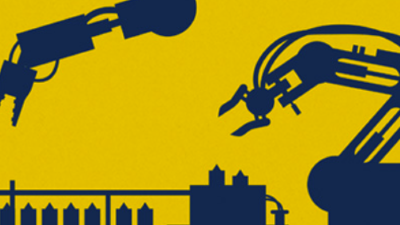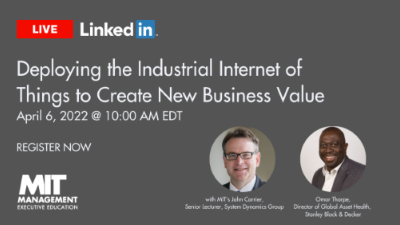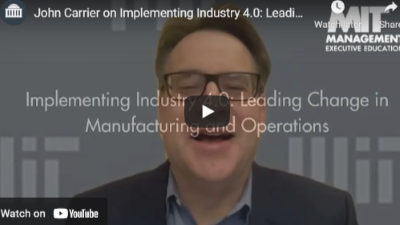The rapid rise of Industrial AI presents both immense opportunities and significant challenges for business leaders. Successfully adopting new technologies is not just about acquiring the latest tools—it requires a strategic, system-wide approach that aligns with organizational goals, customer needs, and operational realities.
Despite widespread access to Industry 4.0 technologies, 70% of organizations struggle or fail to achieve their objectives. What sets successful leaders apart? They take a disciplined approach to technology adoption by:
- Identifying system leverage points before making investments
- Selecting and sequencing technologies to maximize impact and minimize risk
- Engaging front-line employees from the start to drive adoption
- Avoiding “so-so” technology solutions that create more complexity than value
- Translating data into action to enhance decision-making and performance
- Integrating Industrial AI into their company’s operating system for sustained success
Strategic Technology Adoption
Leaders must go beyond visioning and ensure technology investments are designed to create real value. Value is realized by strategically connecting Industry 4.0 technologies to address customer and supply chain challenges. This course explores:
- How to sequence investments to drive results while minimizing up-front risk
- The role of Industrial AI in augmenting Lean, Six Sigma, TQM, and related established methodologies
- Best practices for integrating Industrial AI across industries to accelerate digital transformation
- Techniques for improving your facility’s “IQ” to drive productivity and safety
Participants will explore:
- Digital twins: Creating virtual replicas of physical assets and processes for simulation, optimization, and predictive maintenance
- Data, machine learning, and digital platforms: Leveraging data analytics and machine learning algorithms to extract insights and drive automation
- Generative AI for workflow efficiency: Automating and streamlining complex workflows using cutting-edge generative AI models
- Augmented and virtual reality: Enhancing human capabilities and improving training through immersive technologies
- Ubiquitous low-cost sensors: Deploying sensor networks to gather real-time data for enhanced visibility and control
Through successful real-world case studies, this course will examine how leading companies have successfully combined these technologies to generate measurable results.
The MIT Advantage: Industrial AI Meets Industrial Dynamics
MIT's unique approach to Industrial AI is rooted in our pioneering work in Industrial Dynamics. Building upon the foundational principles introduced by Professor Jay Forrester in 1958, we empower you to understand your organization as a system of interacting feedback loops and time delays. By combining these timeless insights with the transformative power of Industrial AI, you will gain the tools necessary to revitalize, expand, and fundamentally reshape the performance of your organization and supply chain.

























